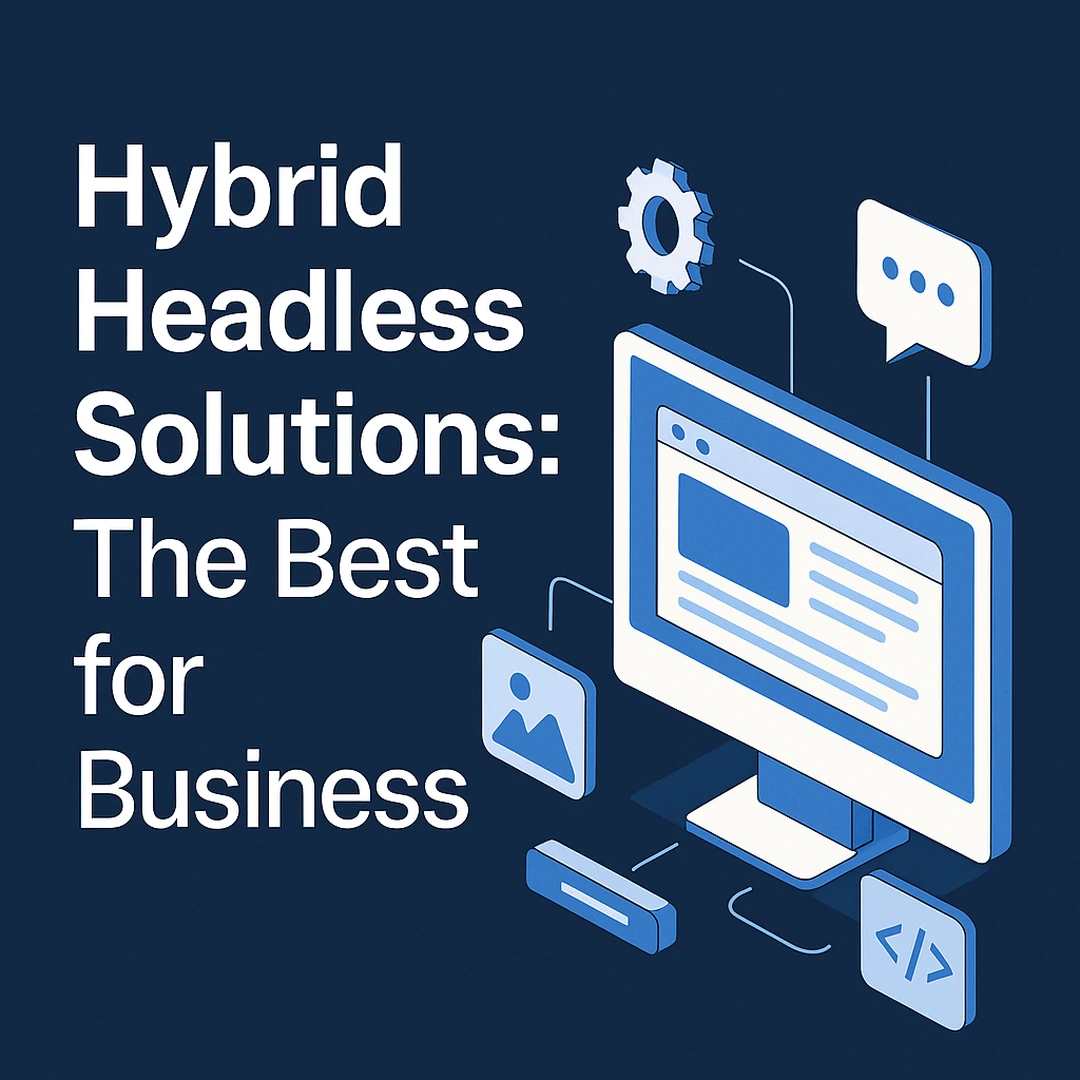Get your free consultation today!
Share with your Colleagues
Categories
ROI Calculator
Moonstone Interactive is the only San Francisco Bay Area web design firm and Internet Marketing expert that offers a free online ROI Calculator
Author: Steve Herz

Table of Contents
- Introduction to Modern SEO
- Prioritize User Experience (UX)
- Embrace Mobile-First Design
- Create High-Quality, Relevant Content
- Optimize for Voice Search
- Leverage Video Content
- Implement Structured Data
- Build Quality Backlinks
- Monitor and Adapt
- Conclusion
SEO has transformed significantly over the past decade, from simple keyword optimization and link building to a sophisticated, data-driven discipline. In 2025, search engine optimization (SEO) has changed a lot. It is no longer just about keyword stuffing and link spamming.
Now, SEO is a key part of digital marketing. It works with AI, user experience, and business growth strategies. Today, we focus on creating a smooth, valuable experience for users. We also keep up with changing search engine algorithms.
As AI, machine learning, and user design change the digital world, businesses must understand these changes. This knowledge helps them stay competitive online.
Good SEO is not only about being seen. It is also about matching online efforts with bigger business goals. Focus on business goals helps improve lead quality and leads to real conversions.
1. Prioritize User Experience (UX)
Modern SEO is deeply intertwined with user experience, serving as the foundation for digital success. A smooth user experience helps improve search rankings. It also boosts customer loyalty, increases conversions, and builds brand trust.
Search engines like Google increasingly prioritize sites that offer a positive user experience, including fast loading times, mobile responsiveness, clean design, and intuitive navigation. A well-optimized site lowers bounce rates and increases dwell time. It also encourages more meaningful engagement.
All these factors help improve rankings and, more importantly, boost conversion rates.
Key UX Factors for SEO Success:
- Site Speed: Faster loading pages improve user satisfaction and reduce bounce rates, directly impacting sales and conversion rates.
- Mobile Optimization: With mobile-first indexing, a site's mobile experience directly impacts its overall rankings. Mobile-friendly sites also improve user retention and reduce friction in the sales funnel.
- Easy-to-use Navigation: A simple site structure helps users and search engines find and understand your content. Easy navigation converts visitors into customers.
- Accessibility: Making your site easy to use for everyone, including people with disabilities, is essential. It is not only the right thing to do but can also help improve your search rankings and reach more users.

2. Embrace Mobile-First Design
Mobile-first design is no longer optional. With over half of all web traffic from mobile devices, search engines have shifted to mobile-first indexing. Google mainly uses the mobile version of your site for indexing and ranking. This visibility is vital for business growth.
How to Optimize for Mobile:
- Use responsive design to make sure your site looks good on all devices. Focus on fast mobile page speeds. These are important for mobile-first indexing and keeping users engaged. Also, pay attention to essential engagement metrics. These include time on page, bounce rates, and conversion rates. They directly affect SEO performance.
- Prioritize speed with lightweight code and optimized images to improve customer satisfaction and retention.
- Implement tap-friendly buttons and clear, concise content that drives conversions.
- Test regularly using Google's Mobile-Friendly Test tool to avoid lost sales due to poor mobile experiences.
3. Create High-Quality, Relevant Content
Content remains the backbone of digital marketing, but its role has evolved significantly. Today's content must be more than just a collection of keywords. It should be interesting, informative, and beneficial to your audience. It must also match your business goals to increase conversions.
Content Best Practices:
- Focus on search intent, not just keywords, to attract higher-quality leads.
- Use images, videos, and infographics to make the text easier to read. Images can help keep visitors on the page longer and improve conversion rates.
- Regularly update content to keep it fresh, relevant, and aligned with customer needs.
- Include authoritative backlinks to build trust and credibility, which can drive qualified traffic.
4. Optimize for Voice Search
.jpg)
Voice search is becoming a dominant way for people to interact with the internet. To optimize for voice search, focus on conversational, long-tail keywords. Answer common questions directly. Voice search helps potential customers find you more easily.
Voice Search Tips:
- Use natural language and question-based content that mirrors customer inquiries.
- Optimize for local searches and include structured data to capture high-intent, location-specific traffic.
- Focus on featured snippets and position zero results to improve visibility and lead quality.
5. Leverage Video Content
Video is one of the most engaging forms of content and can significantly boost your SEO efforts. Videos help keep people on your site longer. They lower bounce rates and attract traffic from YouTube and Google. This engagement supports your goals for lead generation and conversions.
Video SEO Tips:
- Use descriptive titles, tags, and transcripts to improve discoverability and conversion potential.
- Host videos on YouTube and embed them on your site to capture more traffic.
- Include clear calls to action within videos to guide viewers down the sales funnel.
6. Implement Structured Data
Structured data, also known as schema markup, helps search engines understand your content better. This markup leads to rich snippets and better search visibility. In the end, it drives more qualified leads to your site.
Schema Markup Best Practices:
- Use JSON-LD for structured data.
- Test your markup with Google's Rich Results Test to ensure accuracy.
- Regularly update the schema as your content changes to maintain high visibility.
7. Build Quality Backlinks
Backlinks remain a critical part of SEO. Good backlinks from trusted sites show search engines that your brand is credible. Link trust boosts your brand's authority and improves lead quality.
How to Earn Backlinks:
- Create link-worthy content that others want to share.
- Build relationships within your industry to increase referral traffic.
- Use guest blogging and press releases strategically to reach new audiences.
8. Monitor and Adapt
SEO is not a one-time effort. Regular checking, adjusting, and changing are needed to stay ahead of competitors and algorithm updates. Adapting with trends aligns with larger business goals.
Key Tools for SEO Monitoring:
- Google Analytics to track traffic and conversions.
- Google Search Console for technical health insights.
- SEMrush or Ahrefs for competitive analysis.
- Heatmap tools like Hotjar can track user behavior and improve conversion rates.
Conclusion
You need a complete approach to build a successful SEO strategy in 2025. Regular audits and ongoing changes are essential to stay competitive in a fast-changing digital world. These changes should blend technical optimization, compelling content, and user experience enhancements with a clear focus on business growth. By focusing on these key areas, businesses can drive sustained traffic, build authority, and achieve long-term digital success.
Interested in taking your optimization to the next level? Consider reaching out for expert advice on leveraging the latest SEO and User Experience Optimization tools to maximize your business outcomes.
.webp?ext=.webp)

